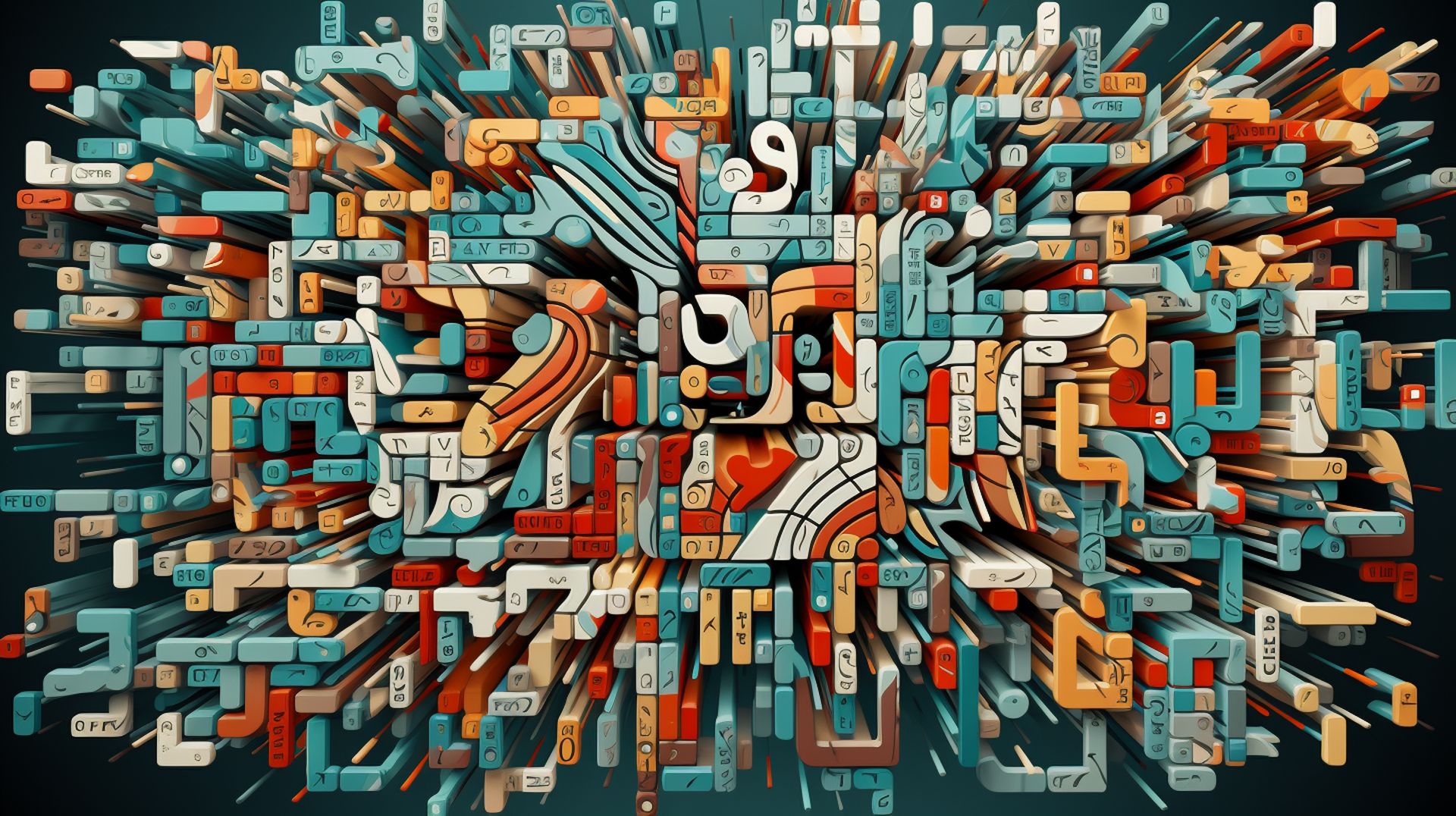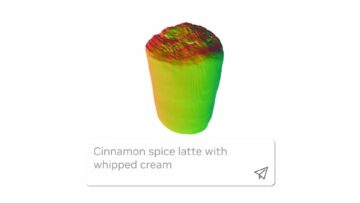What is LLM in AI? You might ask. At its core, a Large Language Model (LLM) is a sophisticated machine learning entity adept at executing a myriad of natural language processing (NLP) activities. This includes tasks like text generation, classification, engaging in dialogue, and even translating text across languages. The term “large” alludes to the massive number of parameters these models can tweak during their learning phase; in fact, some leading LLMs boast a staggering count of hundreds of billions of such parameters.
So, how does it all work? LLMs immerse themselves in vast data pools and employ a technique called self-supervised learning. Their primary task? Predicting the upcoming token in a sentence based on its preceding context. This repetitive cycle continues until the LLM refines its accuracy to an appreciable standard.
Once you’ve got an LLM up and running, the applications are vast:
- Crafting intuitive chatbots, like ChatGPT.
- Spinning text for product highlights, blogs, and diverse articles.
- Addressing and directing FAQs or directing user queries to the right human touchpoint.
- Decoding customer sentiments from emails, social media commentary, or product assessments.
- Flawlessly translating business-oriented content across a multitude of languages.
- Streamlining text datasets, ensuring they’re neatly classified and ready for profound analysis.

What is LLM in AI?
At its essence, a language model serves as a specialized AI construct, honed to grasp and emulate human linguistic patterns. Such models are versed in the nuances, frameworks, and interconnections inherent in a language, having previously been earmarked for specific AI tasks, text translation being a prime example. The caliber of a language model is often gauged by its size, the breadth and heterogeneity of its training data, and the intricacy of its underlying learning algorithms.
Delving deeper, the term “large language model” underscores a distinctive subset of language models. These behemoths boast parameters in numbers far surpassing their conventional counterparts. These parameters, essentially the model’s internal variables, crystallize during the training phase and echo the breadth of its linguistic comprehension.
The contemporary natural language processing (NLP) arena is witnessing a palpable shift. Propelled by state-of-the-art hardware, expansive data repositories, and cutting-edge training methodologies, the emphasis is veering towards the creation of mammoth language models. With billions of parameters under their belt, these LLMs demand a herculean computational thrust and a rich training dataset. This, in turn, renders their conception and integration both intricate and economically hefty.
How are LLMs getting trained?
The inception of most LLMs commences with pre-training on vast, multi-purpose datasets. This foundational step ensures the model imbibes broad features which can later be fine-tuned for niche tasks.

The journey of training an LLM comprises the following strides:
- Pre-processing: Text data undergoes a transformation into numerical vectors to seamlessly fit the model’s input requirements.
- Initialization: Parameters within the model are given random values to kickstart the training.
- Data input: The model receives the numerical form of the text data.
- Loss calculation: By employing a loss function, the disparity between the model’s predictions and the genuine subsequent word in a sequence is determined.
- Optimization: A concerted effort to tweak the model’s parameters ensures the reduction in loss.
- Iteration: The entire process is cyclically executed till the model’s predictions resonate with an admirable accuracy threshold.
Understanding the mechanics of LLMs
Rooted in deep neural networks, LLMs yield outputs drawn from training data patterns.
A quintessential LLM predominantly harnesses the transformer-based architectural design. This is a deviation from Recurrent Neural Networks (RNNs), which rely on recurrence as their linchpin to delineate relationships amidst tokens within a sequence. Instead, transformers embrace self-attention.
The prowess of self-attention lies in its ability to compute a weighted aggregate for an input sequence. Concurrently, it possesses the acumen to dynamically pinpoint which tokens bear the most relevance in relation to each other. This inter-token relationship is deciphered via attention scores, pivotal in elucidating the importance hierarchy of tokens within a sequence.

Most popular large language models
Some of the most popular large language models are:
- GPT-4
- GPT-3.5
- PaLM 2 (Bison-001)
- Codex
- Text-ada-001
- Claude v1
- Text-babbage-001
- Cohere
- Text-curie-001
- Text-davinci-003
- Alpaca-7b
- StableLM-Tuned-Alpha-7B
- 30B-Lazarus
- Open-Assistant SFT-4 12B
- WizardLM
- FLAN-UL2
- GPT-NeoX-20b
- BLOOM
- BLOOMZ
- FLAN-T5-XXL
- Command-medium-nightly
- Falcon
- Gopher
- Vicuna 33B
- Jurassic-2
You can explore the LLMs mentioned above by accessing our exclusive article titled: “Uncovering the power of top-notch LLMs”
Bottom line
What is LLM in AI? In wrapping up, Large Language Models represent the zenith of machine learning in the realm of natural language processing. These intricate models, bolstered by unparalleled computational power and vast datasets, are redefining our interaction with technology, offering a more human-like dialogue with machines.
From crafting engaging chatbots to deciphering complex sentiments, LLMs have carved an indelible mark in the AI landscape. Names like GPT-4, Codex, and Claude v1 are just the tip of the iceberg in this expansive world of LLMs. As we continue to unlock their potential and refine their capabilities, we stand at the cusp of a future where AI isn’t just a tool, but a conversational partner. Dive deeper, explore more, and witness the transformative power of LLMs in AI.
Featured image credit: Kerem Gülen/Midjourney
- SEO Powered Content & PR Distribution. Get Amplified Today.
- PlatoData.Network Vertical Generative Ai. Empower Yourself. Access Here.
- PlatoAiStream. Web3 Intelligence. Knowledge Amplified. Access Here.
- PlatoESG. Automotive / EVs, Carbon, CleanTech, Energy, Environment, Solar, Waste Management. Access Here.
- PlatoHealth. Biotech and Clinical Trials Intelligence. Access Here.
- ChartPrime. Elevate your Trading Game with ChartPrime. Access Here.
- BlockOffsets. Modernizing Environmental Offset Ownership. Access Here.
- Source: https://dataconomy.com/2023/08/21/what-is-llm-in-ai/
- :is
- :where
- $UP
- 1
- a
- ability
- above
- accessing
- accuracy
- across
- activities
- acumen
- admirable
- aggregate
- AI
- algorithms
- All
- amidst
- an
- analysis
- and
- applications
- architectural
- ARE
- Arena
- article
- articles
- AS
- assessments
- At
- attention
- based
- BE
- Bear
- been
- Behemoths
- being
- between
- billions
- blogs
- both
- breadth
- broad
- but
- by
- called
- CAN
- capabilities
- carved
- chatbots
- ChatGPT
- classification
- classified
- COM
- Commentary
- complex
- comprises
- computational power
- Compute
- conception
- concerted
- construct
- contemporary
- content
- context
- continue
- continues
- conventional
- conversational
- Core
- creation
- credit
- Cusp
- customer
- cutting-edge
- cycle
- data
- datasets
- deep
- deep neural networks
- deeper
- Demand
- Design
- determined
- deviation
- dialogue
- directing
- distinctive
- diverse
- does
- drawn
- during
- dynamically
- each
- echo
- effort
- emails
- embrace
- emphasis
- engaging
- ensures
- ensuring
- Entire
- entity
- essence
- essentially
- Even
- example
- Exclusive
- executed
- executing
- expansive
- explore
- Exploring
- fact
- far
- Features
- fit
- following
- For
- form
- frameworks
- from
- function
- future
- generation
- genuine
- getting
- given
- grasp
- Hardware
- Have
- having
- hierarchy
- High
- highlights
- How
- http
- HTTPS
- human
- Hundreds
- image
- Immerse
- importance
- in
- inception
- includes
- inherent
- input
- instead
- integration
- interaction
- internal
- into
- intuitive
- IT
- ITS
- journey
- jpg
- just
- landscape
- language
- Languages
- large
- later
- leading
- learning
- lies
- like
- loss
- machine
- machine learning
- Machines
- mark
- massive
- max-width
- mechanics
- Media
- mentioned
- methodologies
- might
- model
- models
- more
- most
- Most Popular
- multitude
- myriad
- names
- Natural
- Natural Language
- Natural Language Processing
- networks
- Neural
- neural networks
- niche
- nlp
- number
- numbers
- of
- offering
- often
- on
- or
- Other
- our
- palpable
- parameters
- partner
- patterns
- phase
- pivotal
- plato
- Plato Data Intelligence
- PlatoData
- Pools
- Popular
- potential
- power
- predicting
- Predictions
- predominantly
- previously
- primary
- Prime
- process
- processing
- Product
- profound
- propelled
- prowess
- queries
- quintessential
- random
- ready
- realm
- receives
- recurrence
- Redefining
- reduction
- refine
- relation
- relationship
- Relationships
- relevance
- rely
- renders
- repetitive
- represent
- Requirements
- Resonate
- Rich
- right
- Role
- running
- scores
- seamlessly
- sentence
- sentiments
- Sequence
- serves
- shift
- Size
- Social
- social media
- some
- sophisticated
- specialized
- specific
- stand
- standard
- state-of-the-art
- Step
- strides
- subsequent
- such
- Task
- tasks
- Technology
- term
- text generation
- The
- their
- themselves
- These
- this
- threshold
- thrust
- till
- tip
- titled
- to
- token
- Tokens
- tool
- towards
- trained
- Training
- Transformation
- transformative
- transformers
- Translation
- TURN
- under
- undergoes
- underlying
- underscores
- unlock
- unparalleled
- until
- upcoming
- User
- v1
- Values
- variables
- Vast
- via
- we
- What
- What is
- which
- with
- within
- witness
- witnessing
- Word
- Work
- world
- Yield
- you
- Zenith
- zephyrnet












